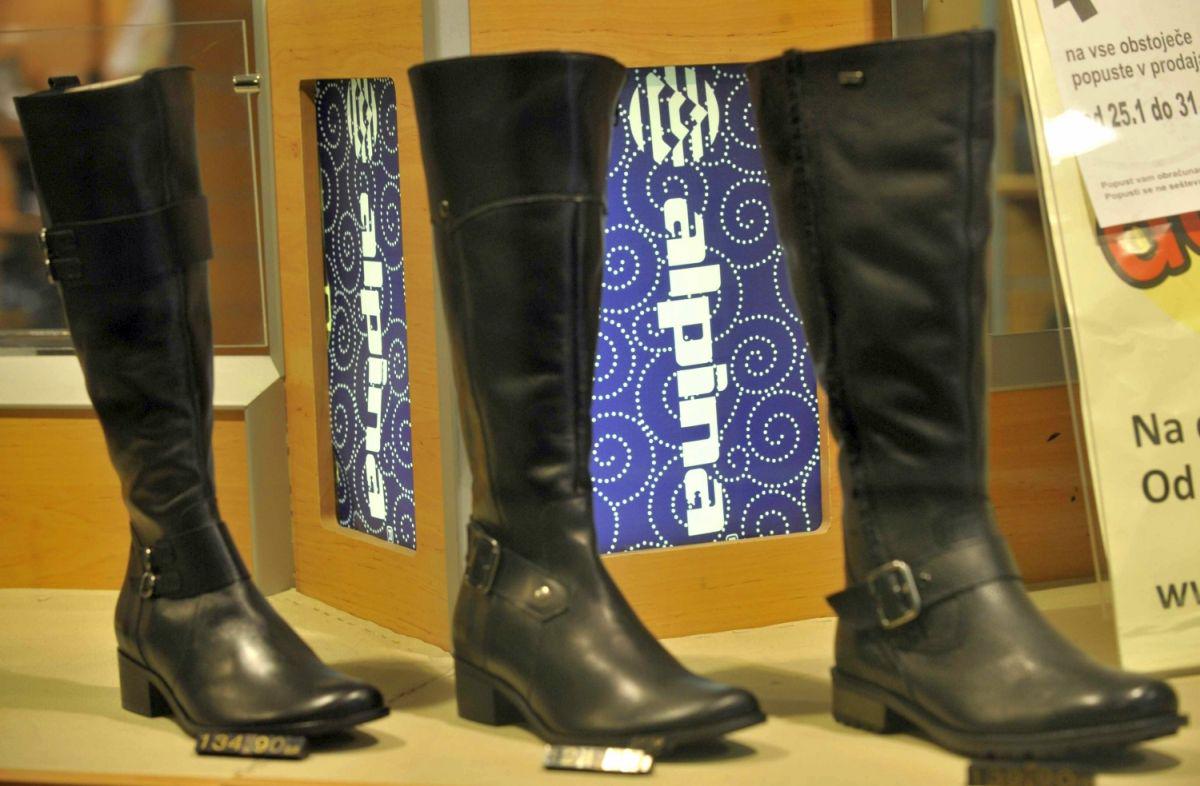
For centuries, the town of Žiri in western Slovenia traded with the outside world; it was particularly well-known for its lace. But in the 19th century, it became famous for another home-made product: It began to supply much of Central Europe with shoes.
Shoemaking is an old tradition in Žiri. Local cobblers made shoes that Žiri’s traders and itinerant workers would wear on their travels throughout the Hapsburg Empire. Soon, people noticed the quality and the craftsmanship of the shoes, and Žiri shoes began to be sold throughout Austria-Hungary. When they realized how much demand there was for their product, the local cobblers ramped up their production; they also attended fairs and even sold their shoes by mail.
Soon, the entire town was full of cobblers, their assistants, and young apprentices. It wasn’t unusual to find an entire family making shoes. In some cases, the largest room in the house was transformed into a workshop. Shoemakers’ lasts and other tools of the trade were often made by local craftsmen using wood, which was plentiful in the area’s forests.
For years, most of the shoes were produced by hand. In the late 19th, however, the first machines were introduced to the process -- including the revolutionary Howe sewing machines from the United States. Slowly, the manufacturing process and simplified and the production expanded.
The change in work practices led to the consolidation of workshops. In the interwar period, many local shoemakers joined larger associations. And after World War II, the Communist authorities combined most of the existing workshops into a single company, which became known as Alpina.
Over the years, Alpina became one of Slovenia’s best-known brands and sold its shoes around the world. Some were worn by champion athletes, while others helped mountaineers ascend Mt. Everest. In recent times, Alpina has faced difficulties due to competition from the Far East, but despite the changes to technology and public taste, it continues the tradition begun by Žiri’s cobblers.

































































